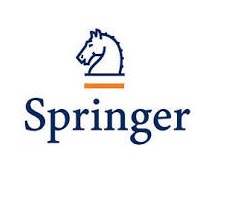Limitations and further research
We incorporated objective sales and returns data to minimize some limitations, but the nature of the study features some inherent design limitations. We used both lagged and longitudinal returns data, yet each data point only captured one point in time. Relationships are dynamic, so it is hard to capture the nature and all their implications. These data also were collected in an environment in which retailers were empowered to discontinue the supplier relationship. The threat might have caused the salespeople to accept more retailer returns than they would prefer or oversell in their efforts to avoid losing relationship momentum. Returned merchandise also may have a pronounced effect on future decision making if salespeople already have mentally budgeted or even actually spent their compensation. Using Thaler’s (1985) mental accounting theory, future explorations could address how returns affect actual compensation and future expectations of compensation from sales to a given retailer. We also in an exploratory fashion examined the role of the avoidance dimension of performance orientation. As expected it had a negative moderating effect on the relationship between returns in Time0 and salesperson integration. Such an insight highlights the importance of further research understanding both the positive (or prove) performance orientation and the negative (or avoid) performance orientation. In this paper, we focused on how the use of reciprocal exchange, specifically the extent to which relationship variables (adaptive selling and integration) and prior economic variables (prior retailer returns) served as inputs and influence an economic variable (i.e., retailer returns), which also serves as the output of the exchange. Foa and Foa (1974) highlight the development of Bcognitive structure of resource classes^ which, suggests that exchange can occur within the categories of resources and exchanges can also occur with adjacent categories (e.g., status can be exchange for information or love; goods can be exchanged for services or money). However, it is important to note that Foa and Foa also suggest that Beconomic and psychological exchanges, though not equated, are considered within the same framework^ (p. 16) and Beconomic and noneconomic resource intertwine in societal functioning^ (p. 31). We suggest that this allows for a broader range of reciprocal exchange that is also echoed by Cropanzano and Mitchell (2005) who have pointed out that these six categories have typically been collapsed into two categories, economic and socioemotional, and that exchange can occur between them. In this research, we have highlighted the role of how socioemotional resources (e.g., adaptive selling and integration) can be exchanged (or can influence) economic resources (e.g., returns).








